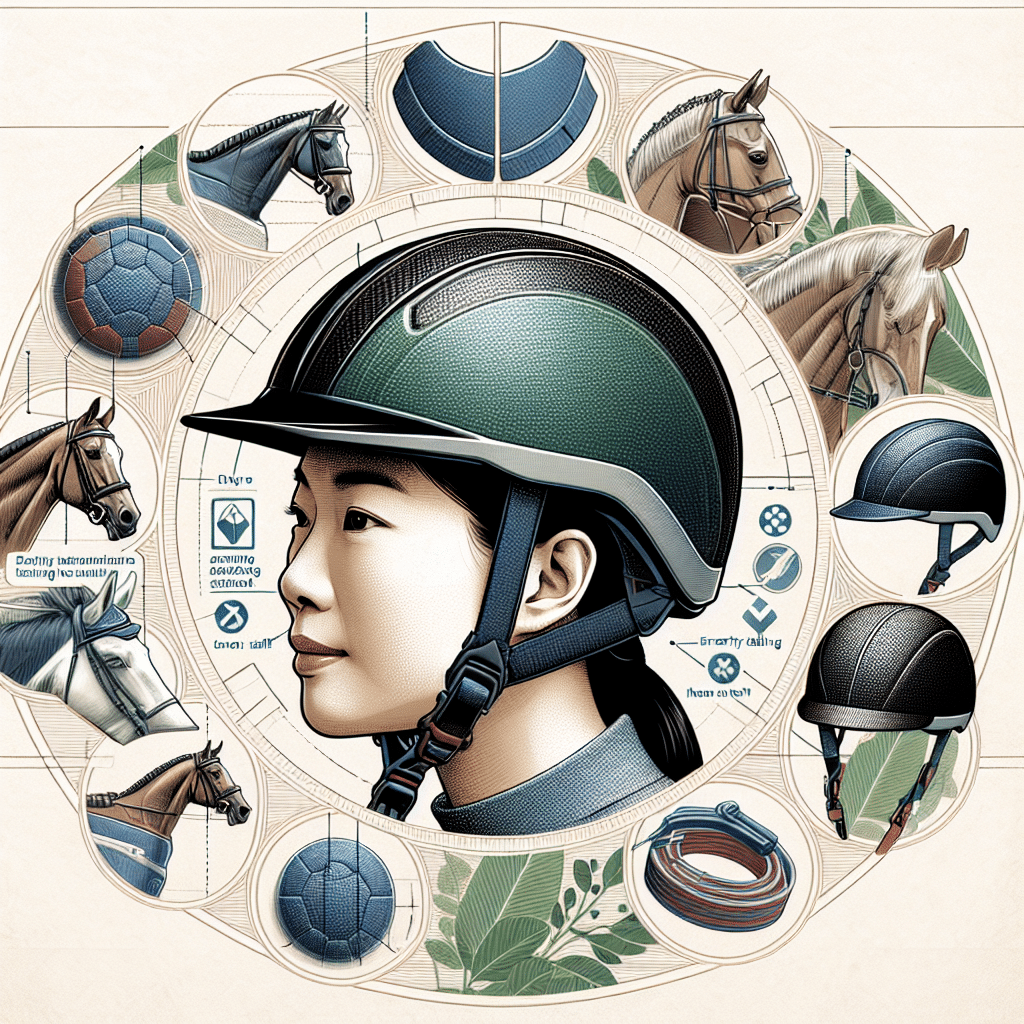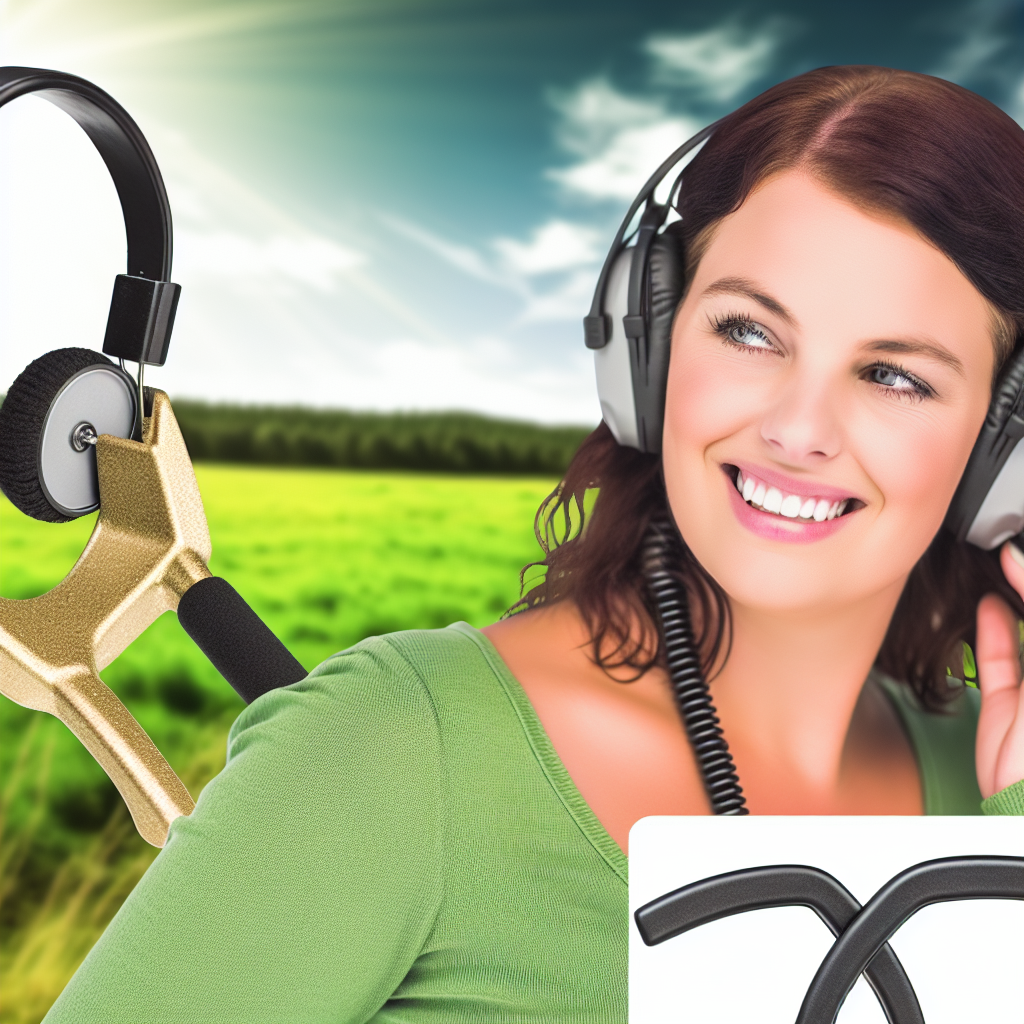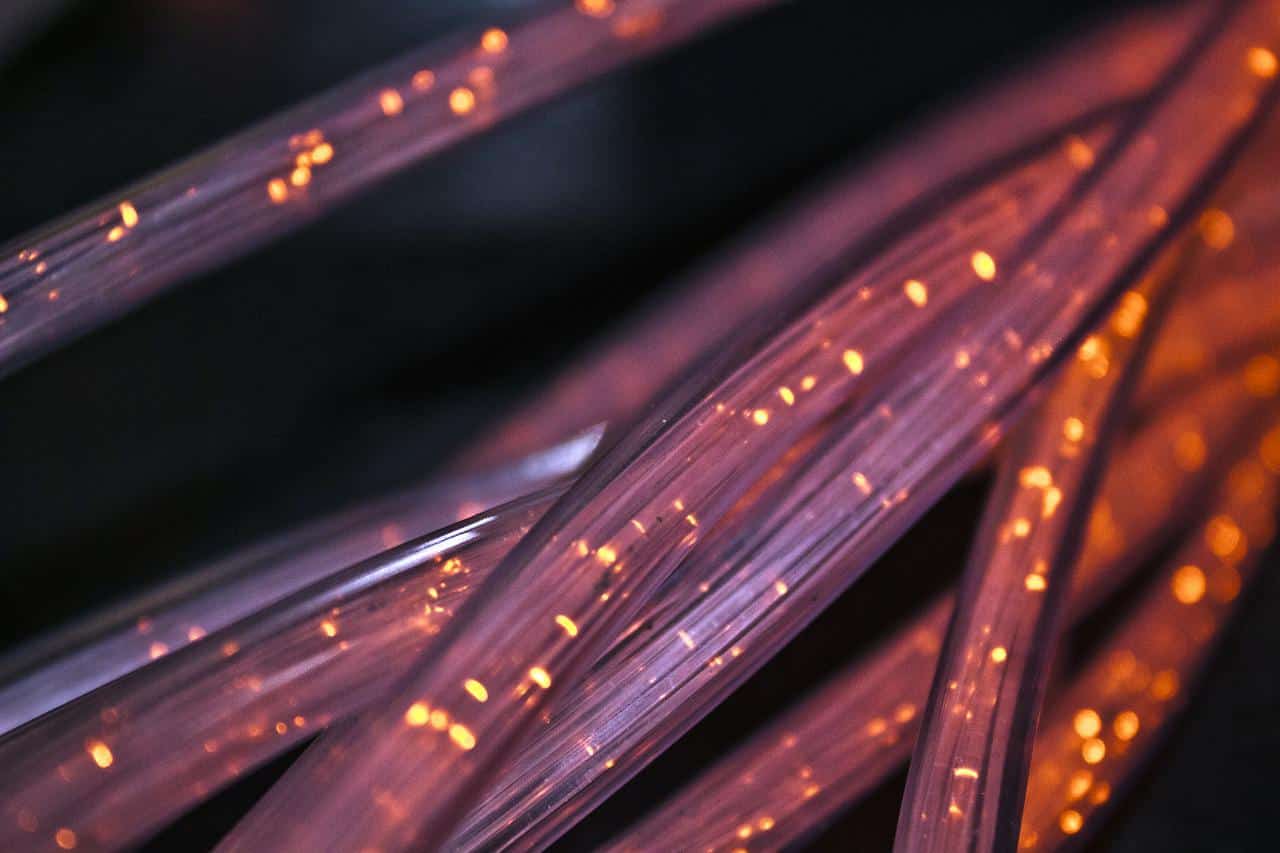Stepping into the world of equestrian sports, one quickly realizes the importance of safety gear. One of the most crucial pieces of safety attire is the horseback riding helmet, which serves as a protective barrier for riders. Whether you’re a competitive equestrian or a leisurely weekend rider, the horseback riding helmet is an indispensable part of your gear.
Why Are Horseback Riding Helmets So Essential?
In equestrian sports, safety should never be compromised. Helmets can reduce the risk of potentially fatal head injuries, playing an indispensable role in protecting riders. The Equestrian Medical Safety Association states that horse-related head injuries are the most common reason for hospital admission, emphasizing the critical role of helmets in ensuring rider safety.
How Do Helmets Protect You?
Horseback riding helmets are designed specifically to absorb and distribute the impact of a blow to the rider’s head. Built with a hard, thick outer shell and lined with energy-absorbing foam, the helmet distributes the force of an impact, decreasing the risk of serious injury.
The Potential Consequences of Not Wearing a Helmet
Failure to wear a horseback riding helmet can result in severe consequences. Without this crucial piece of protective gear, a fall from a horse can lead to concussions, fractures, or even traumatic brain injuries. Wearing a helmet is a simple step that should not be overlooked, as it significantly reduces these risks.
Choosing the Right Horseback Riding Helmet
Selecting the right helmet is not just about how it looks but also about ensuring it’s the right fit and meets safety standards.
Consider the Safety Standards
When buying a horseback riding helmet, it’s essential to look for models that meet recognized safety standards. In the United States, for instance, safety standard ASTM F1163-15 is commonly accepted. Helmets with this certification have undergone rigorous testing to ensure they can provide optimal protection during an impact.
Ensure a Proper Fit
A helmet that’s too loose or too tight won’t provide maximum protection. A well-fitting helmet will sit level on your head, not tilt back or move around when you shake your head. The chin strap should also be snug to prevent the helmet from flying off in case of a fall.
Why Should You Replace Your Helmet after a Fall?
Even if a helmet seems unbroken after a fall, its integrity could be compromised. The protective foam inside the helmet is designed to crush and absorb the shock of an impact, a process which may not be evident from the outside. Therefore, any horseback riding helmet involved in a significant impact should be replaced, even if there are no visible signs of damage.
The Bottom Line: Is the Investment Worth it?
A good helmet might seem like a significant investment, but it’s essential to remember what’s at stake. When it comes to protecting your brain, there’s no room for compromise. Horseback riding helmets are a tangible way of ensuring that you can enjoy the thrill of equestrian sports while staying as safe as possible. So, yes, the investment is definitely worth it!
In conclusion, while horseback riding is an enjoyable pastime, it’s essential to acknowledge the associated risks. Wearing a horseback riding helmet is a simple yet significant step in safeguarding you from potential injuries. In the exciting world of equestrian sports, let good sense prevail and prioritize safety first.




